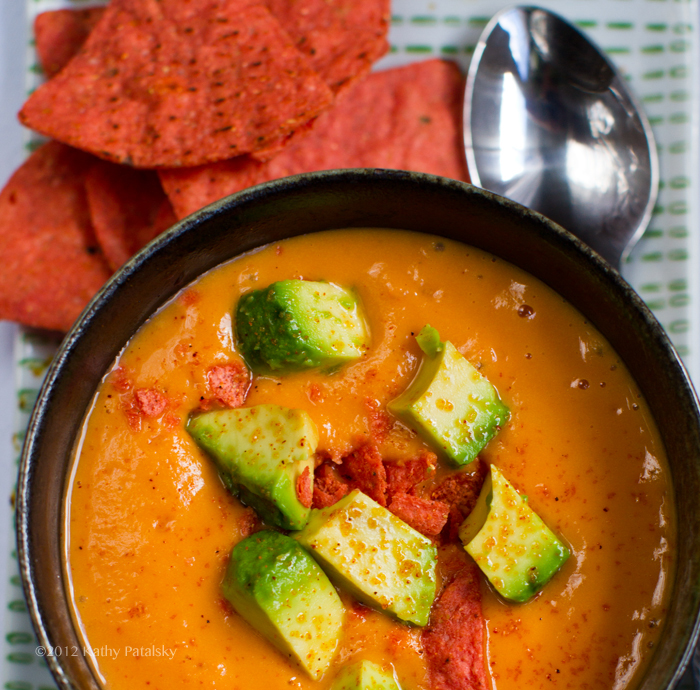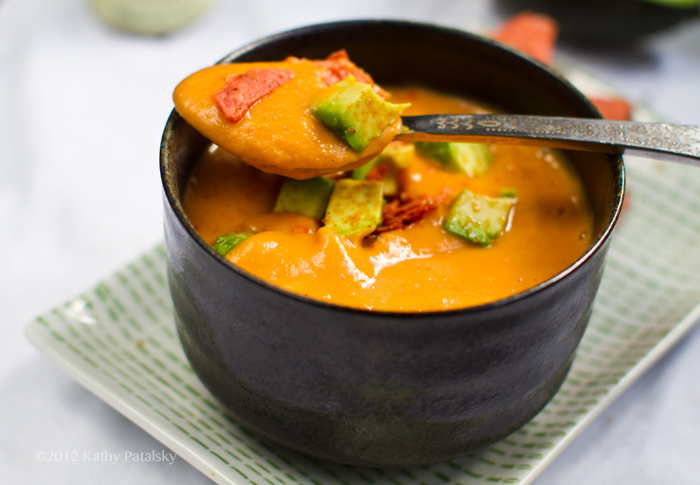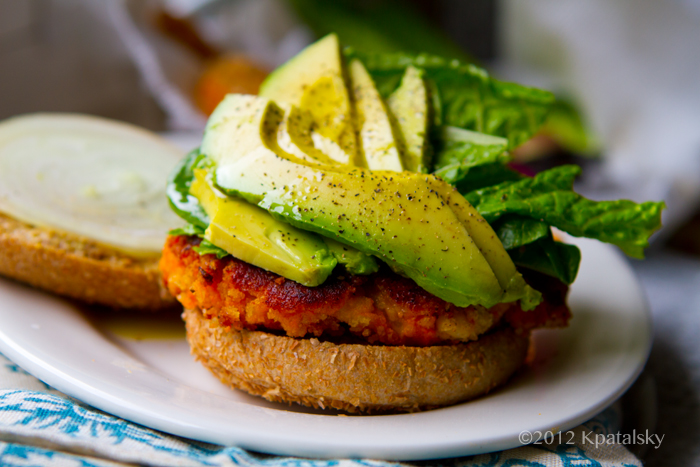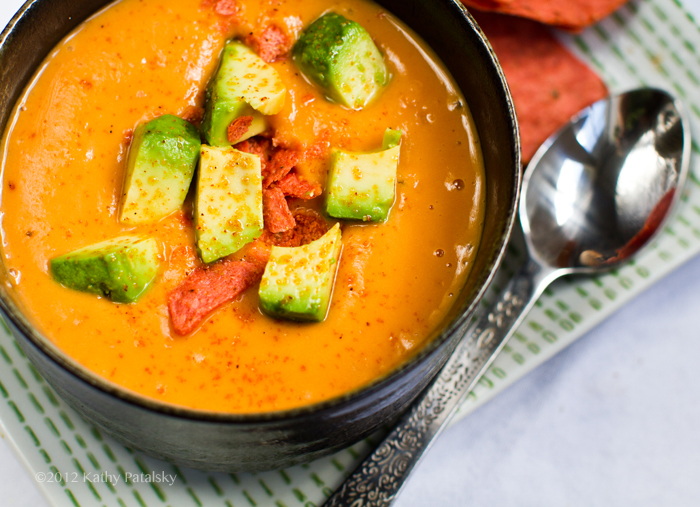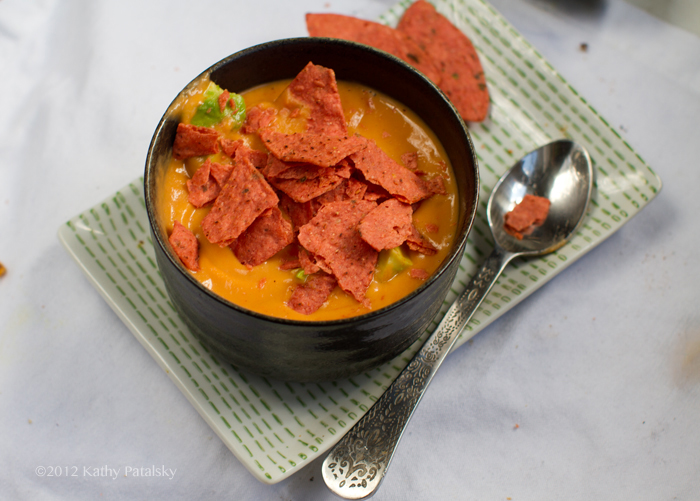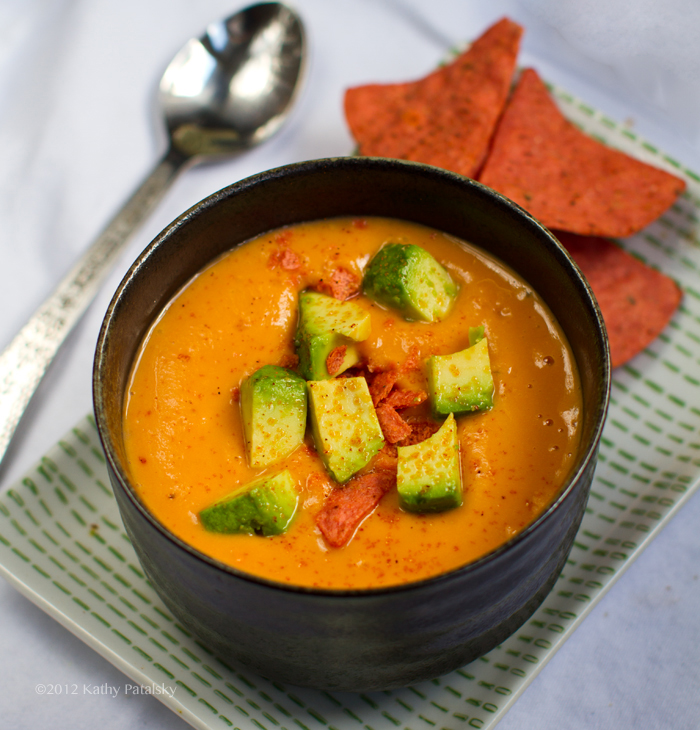
NOVEMBER 28TH, 2013
The Afropolitan Must Go

Taiye Selasi
BY MARTA TVEIT
My first thought when reading Taiye Selasi’s 2005 essay ‘Bye-Bye Barbar’ (or ‘What is an Afropolitan?’) was that this is the kind of sludge that would piss off Binyavanga Wainaina. One quick google and lo and behold: “For Wainaina, Afropolitanism has become the marker of crude cultural commodification — a phenomenon increasingly ‘product driven,’ design focused, and ‘potentially funded by the West.’” My second thought when reading Taiye Selasi’s ‘What is an Afropolitan?’, gesturing wildly at my MacBook in my local coffee shop, is that this is the kind of sludge that pisses me off.
I am angry for different reasons to Wainaina (though if he wanted to hang out sometime I’m sure we could have fun being pissed off together); I am not so much concerned with the commodification inherent in Afropolitanism as I am with the danger of reproducing a reductive narrative, one which implicitly licenses others to reproduce the same narrative because it has been confirmed by an ‘Afropolitan’ herself.
First, in ‘What is an Afropolitan?’ Selasi somehow manages to other her own perceived identity, as well as everyone else with an African parent or two — other, that is, against an original (i.e. a Westerner), as she describes the scene at a London bar:
The women show off enormous afros, tiny t-shirts, gaps in teeth; the men those incredible torsos unique to and common on African coastlines. The whole scene speaks of the Cultural Hybrid: kente cloth worn over low-waisted jeans; ‘African Lady’ over Ludacris bass lines; London meets Lagos meets Durban meets Dakar. Even the DJ is an ethnic fusion: Nigerian and Romanian; fair, fearless leader; bobbing his head as the crowd reacts to a sample of ‘Sweet Mother.’
Besides from adopting the tone of a National Geographic documentary, the text is clearly addressing a Westernised audience, explaining to them the strange ways and particulars of this tribe of ‘Afropolitans.’
Second, Selasi’s representation of Afropolitans in general (a group to which I too apparently belong and for which Selasi has taken it upon herself to speak) is weirdly prejudiced.
Were you to ask any of these beautiful, brown-skinned people that basic question — ‘where are you from? — …They (read: we) are Afropolitans — the newest generation of African emigrants, coming soon or collected already at a law firm/chem lab/jazz lounge near you. You’ll know us by our funny blend of London fashion, New York jargon, African ethics, and academic successes.
But what about the non-affluent African diaspora? What about insanely hideous brown-skinned people? What about white African natives? What about Africans who despise jazz?
“It’s a problematic term because it’s supposed to combine (the words) African and cosmopolitan,” says editor of Afropolitan magazine, Brendah Nyakudya, to CNN:
What it should mean is an African person in an urban environment, with the outlook and mindset that comes with urbanization — people who live Lagos, Nairobi, and have this world-facing outlook.
I agree that the term Afropolitan is problematic, but more than that, I don’t understand why a person with African roots in an urban environment needs a term to set her apart from the rest of the young people in an urban environment. Why separate African urbanites from the rest of the urbanites? How can that be constructive?
Personally I cannot for the life of me see what would justify grouping these people together, other than that they all happen to have one or more parent who define themselves as coming from a country in Africa, and that is not enough. What does a lawyer born and raised in Belgium or London or Inner Mongolia have to do with Africa? He may have one African parent. He may have been there this one time when he was seven. He may be brown-skinned. He may be interested in his African heritage. But shouldn’t the extent of that interest and how much it means to his identity-formation be left solely up to that individual himself?
For fun, imagine applying what Selasi is doing with Afropolitans to a group from another continent — for instance, everyone with one or more parent from Europe. Half of America would be “Europolitans! Coming soon in a country-music joint/blue-collar job near you, a group whose beautiful skimmed-milk skin and subdimensional booties…”
Third, exclusivity and the socio-economic dimension. Selasi discovers her African roots in her 2013 op-ed piece for the Guardian. This sentence caught my eye:
A waitress, passing me, nodded with meaning and I nodded equally meaningfully back, in that gentle way in which brown people often acknowledge each other’s presence. The instant’s exchange reminded me of what I often overlook: my minority status.
Ah, the gentle nod.
How many times have I sat nodding along for hours to one of President Obama’s speeches or Tiger Woods’ scandals. Or nodded down at the brown beggar in the street and then (gently) passed him by. Or rushed on to the Broadway set of Lion King to nod at every character in turn.
Just to make it clear; this is not an article about Taiye Selasi as a person. Neither is it about her background, her fictional work or whether or not she is on hugging terms with Binyavanga Wainaina. Yet, two implied suggestions balloon out of the above quote.
First, that there is some sort of inherent connection between all brown-skinned persons. We know something. We necessarily connect. As one of my critics has rightly pointed out, all group identities are constructed. However some group identities run away with us. Some become harmful, or even work against the purpose they were created to defeat. This article argues that the “Afropolitan” is just such a group identity. It is exclusive, elitist and self-aggrandizing.
The second intimation furthers the point; Taiye Selasi suggests that she has minority status. That she, as a brown-skinned person, has minority status. That she, as a brown-skinned person, in her personal, soaringly educated, well-off, dominantly white social circle feels sometimes like she has minority status. Fair enough. Race-based judgment is always bad.
But I can see an elephant in the room, and he has dollar-signs for eyes. She goes to Africa; “I could see myself in these African cities: a designer in the vibrant clothes, a screenwriter in the desert scenes, a poet in the rhythms. I began to say that I wanted an “I ❤ Heart of Darkness” T-shirt, and only half in jest.” This experience may have been an interesting personal journey. And “I ❤ Heart of Darkness T-shirts” would be cool. But it tells us something about the socio-economic status of the “Afropolitan”, at odds with her implied marginalization, as she earlier on in the same piece levels herself with the brown-skinned waiter.
The Afropolitans Selasi describes belong to a narrow class; one that economist Guy Standing would perhaps call the “technical middle class”. What is most appalling is that Selasi excites this class to take up battle on behalf of the rest of Africa (Bye-Bye Barbar). “And if it all sounds a little self-congratulatory,” (yes it does), “a little ‘aren’t-we-the-coolest-damn-people-on-earth?’ — I say: yes it is, necessarily. It is high time the African stood up,” (Stood up to whom? For what? How?); “There is nothing perfect in this formulation; for all our Adjayes and Achidies, there is a brain drain back home. Most Afropolitans could serve Africa better in Africa than at Medicine Bar on Thursdays.”
This type of call to action takes me back a few decades (or is perhaps an indication that the discourse has not moved forward) to the first wave of African intellectuals as described by Simon Gikandi in his ‘African Literature and the Colonial Factor’. This wave of intellectuals distinguished itself by attempting resistance but using the colonial language, feeling strong affiliations to the colonisers’ structures and institutions. A call to arms of African intellectual diaspora, of a certain socio-economic class, educated in the West, and ready to charge off and save Africa is, in this light, unsettlingly familiar.
That is not to say a doctor or lawyer is not needed in most countries of sub-Saharan Africa, and that there is not much to do by way of development. Yet the way in which we phrase this call to action is important. It needs to be precise, concrete, thought-out, sustainable, collaborative. It needs to be divorced from any notion of racial determinism, from lofty, vague rhetoric. These things recreate the structures that are a big part of the problem in the first place.
What is more, it needs to be recognised that having brownish skin and a gap between the front-teeth does not necessarily mean a person possesses a deep understanding (or any understanding) of any particular African culture, complexity, needs, ways of thinking, ways of thinking about thinking etc.
Fronting a constructed group identity such as the ‘Afropolitan’ backs-up a (still) reductive narrative of Africa and the African, which in turn continues to be an important part of neocolonial soft power structures. Afropolitanism may have been a useful construct at some point, but I feel it is time to outgrow it, for everybody’s sake.
As an individual who happens to have one parent from the African continent I am offended at being put in a group and perceived to have certain interests and affiliations because of the nationality of one of my parents.
I do not have a drum beating inside me. The motherland is not calling me home. “We” are not a one-love tribe, yearning for the distant shores of Africa, or indigo or whatever one imagines the African continent as these days. “We” are a random sample in a huge pool of disembedded, modernised, travelling global citizens who each carry with us a personal, unique jumble of cultural inputs and influences from a range of places.
In other words, we are like most people.
And the most equity-promoting, barrier-breaking, racism-fighting thing “we” can do is see ourselves as just that — part of the noble and most ancient tribe…of Most People.
* This is an expanded and updated version of a post that first appeared on Think Africa Press.












